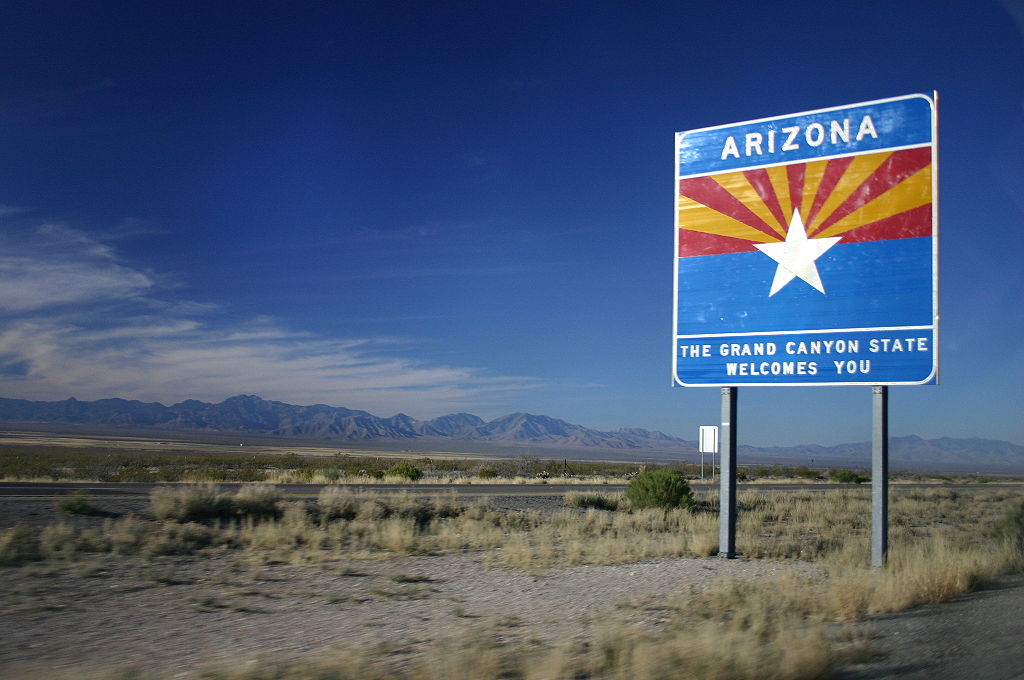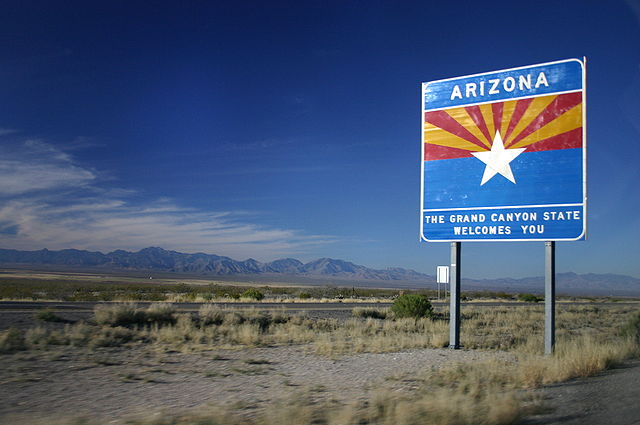The Arizona State Retirement System (ASRS) says there could be a permanent benefit increase on the horizon—the first since 2005. System officials also indicated that public workers could see their contributions decrease.
ASRS is 77 percent funded – but officials say higher investment returns, better cash flow and reduced liabilities have opened the door for the potential benefit increases.
From the Arizona Republic:
Paul Matson, chief executive of the $32 billion Arizona State Retirement System, said he expects retirees could see a permanent benefit increase, of undetermined size, sometime in the next three or four years. The last increase for the pension fund and its more than half-a-million members came in 2005. Benefit hikes are made possible by excess investment earnings, largely from the stock market, he said.
Similarly, an improving financial backdrop for the pension system also could mean that more than 200,000 public-sector workers in Arizona — along with the cities, counties, state agencies, school districts and other entities that employ them — could start paying slightly lower contributions to support the system, Matson added.
[…]
At a time when public pension programs including the Arizona State Retirement System remain significantly underfunded, Matson’s assessment was surprisingly upbeat. But recent fixes and long-term trends have put the system in much better shape, he said.
“We have a strong, healthy system that’s fully sustainable on the retirement and health sides,” he said in an interview with The Arizona Republic. The program provides retirement, health and long-term disability benefits.
In an interview with the Arizona Republic, ASRS chief executive Paul Matson expounded on the reasons behind the proposed benefit increase:
Matson cited three main reasons for the improvement:
– Changes in certain benefit formulas have reduced the system’s liabilities. Working with the Legislature over the past decade, the Arizona State Retirement System has closed loopholes and made other adjustments. One involved new workers joining the system. In prior years, many new hires were allowed to purchase retirement-service credits at a cost of about 40 cents on the dollar. That unsustainable practice and about a dozen others have been restricted or eliminated, Matson said.
– Contribution increases have boosted the system’s cash flow and assets. Employees and their employers each currently make contributions into the system equivalent to 11.6 percent of worker salary. That’s up from an unsustainably low 2.5 percent a dozen years ago. As noted, the recent trend of contribution hikes eventually will be followed by modest decreases, before contributions level out around 6.75 percent many years down the road.
– Higher investment returns have bolstered the system’s assets. The stock market has been on a tear, rising about 200 percent between the bottom in early 2009 and the recent peak in September of this year. Although prices have retreated over the past few weeks, the trend for most of the last five years has been favorable. The Arizona State Retirement System generated an average yearly compounded return of 14.2 percent over the five years through June 2014, including a gain of 18.6 percent in the most recent year. Those returns are after expenses.
Matson did say he doesn’t expect investment performance to be quite as good, year in and year out, as it has been the previous 5 years.
ASRS has 551,000 members and manages $32 billion of assets.

